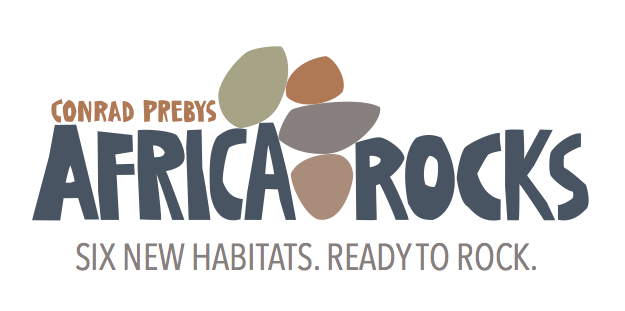San Diego Zoo: Africa Rocks
- tfnarchitecturalsign
- Jan 5, 2021
- 2 min read

During Summer of 2017, the San Diego Zoo opened its largest additional exhibit since opening in 1916. Africa Rocks is compiled of six different exhibits that interpret the variety of biodiversity found across the African continent. TFN Architectural Signage was awarded the signage, designed by Deneen Powell Atelier, Inc., for this amazing 8-acre, $68 million exhibit, which opened this past June. The zoo is stepping away from guest entertainment being top priority for their enclosures, and focusing more on conservation and comfort of each type of animal, based on the specific African habitats they're from. According to TFN's Senior Project Manager, Mark Wiseman, the holdings are uniquely designed to mimic the natural environments of the animals, while simultaneously immersing guests in a walkthrough. The Africa Rocks exhibit is also special in that more than 4,700 private donors funded its construction. The interpretive signage serves as identification for the furry residents of each habitat, while the donor signage commemorates the individuals whose funds helped bring this exhibit to life.
The Africa Rocks exhibit entry sign (pictured above) was a fairly straight-forward build, though it did provide some challenges. TFN was provided with a blueprint and logo for the construction of this sign.
Our fabricators constructed it to fit into the rock, which was built by another fabricator. The shelf piece, where the “Africa Rocks” letters sit, had to be positioned against the rock correctly, which was a bit complicated since we weren’t working directly with the other builder. All the pieces ended up fitting and coming together nicely. The colored rocks proved to be a bit difficult as well. According to Mark Wiseman, “The hard part was determining the client’s expectation on the color and look of the colored rocks. Once knew that the zoo wanted the rocks to have a granite boulder look with specific colors, we had our direction. I worked with our FRP vendor in selecting rock photos to match. We color-matched the (4) specified colors and added fleck to simulate the granite look. The rock shapes started with a big block of foam, and was shaped and sculpted until we had a desired boulder shape. From there we added the fiberglass coating then the paint and faux finish.” Below, you can see photos of the process:
The Rady Madagascar Habitat and Falls monument is one of the donor signs that TFN fabricated for the project. Designed to simulate a slab of ice, this sign was fabricated using thick, layered acrylic with an irregular edge. The surfaces were sanded to give it a clouded, icy look. Our fabricators also had to take chunks out of the sides and edges until they appeared authentic. This fun piece can be found at the foot of a 65-foot waterfall in the exhibit, and photos of the process can be viewed below:

























Comments